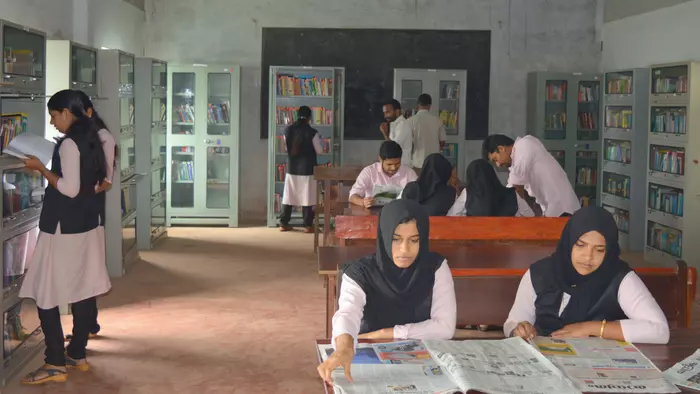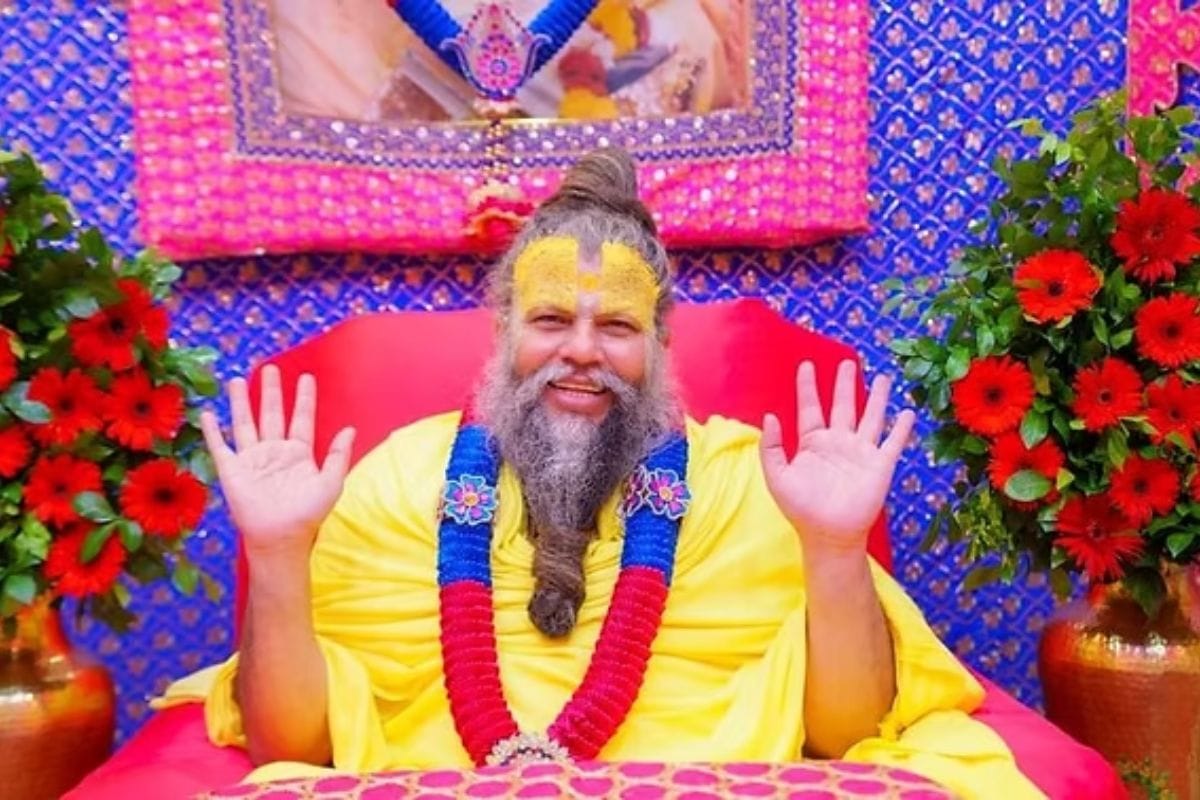Posted by Sushrija Sakshi
Durga Puja – the ceremonial worship of the Hindu goddess Durga, is one of the most important festivals in India and especially, West Bengal. Durga is worshipped as ‘Durgotinashini‘, the destroyer of evil and the festival epitomises the victory of Good over Evil .
The pictures below were taken at Kalibari, Chittaranjan Park (popularly called CR Park), which is home to the largest concentration of Bengali residents in Delhi NCR. Here, the preparations and idol making process gets into full swing months before the festival.
In this photo essay, I carefully examine the idols and explore the mystery of their various expressions. The idols portray the hypocrisy of the patriarchal society which, at one hand claims to worship goddesses, while at the other, does not respect women, non-masculine men and the LGBTQ community. A major part of the society considers women as sex objects but cannot accept the woman as the deity and its sexuality, together. Women from all walks of life aren’t respected in our society, but when it comes to festivals, we turn to worshipping female goddesses. For example, sex workers are disdainfully excluded from society and festivals along with the entire ‘punya mati’ hypocrisy. I have documented Durga in her various forms to address the issue of women, gender and sexuality.
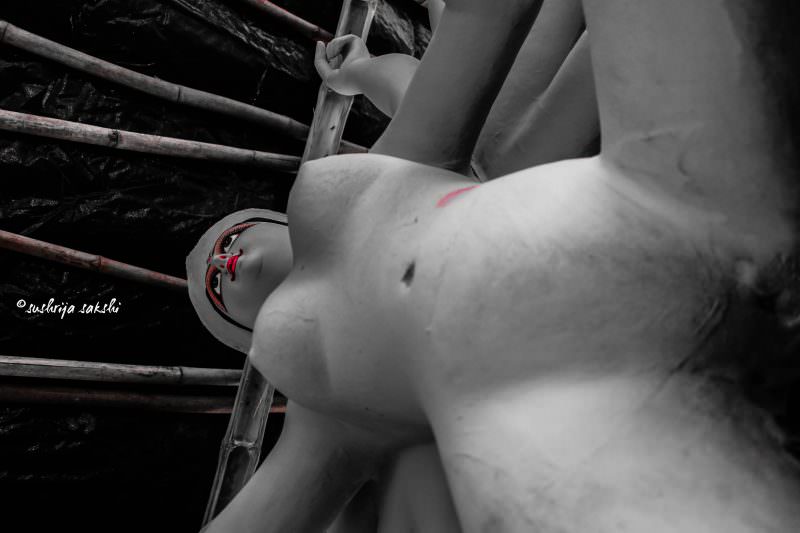
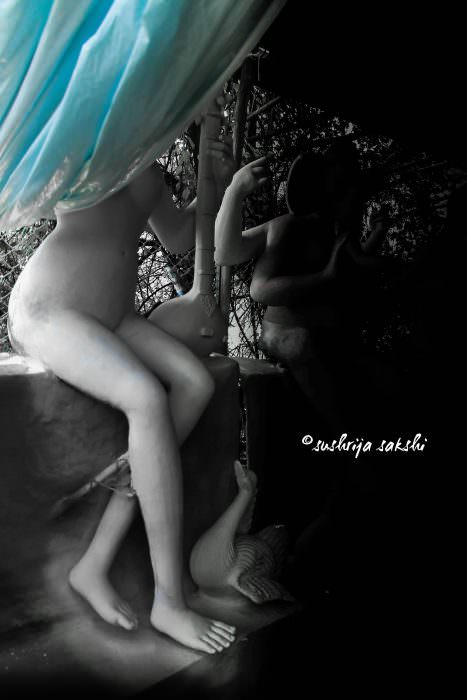
These images show the socially constructed roles and expectations for men and women. Boys and men are always taught to be ‘masculine,’ that is, big, tough, violent, virile and aggressive. They are not supposed to indulge in ‘feminine’ practices like putting on lipstick and the ones who indulge in them are considered ‘not masculine enough’ and thus, marginalised. (In the photo, the idol-maker is trying to express himself and the reaction of the idol of non-acceptance). The moustache with the lipstick can also be read as an allusion to trans* men and their marginalisation from the society.
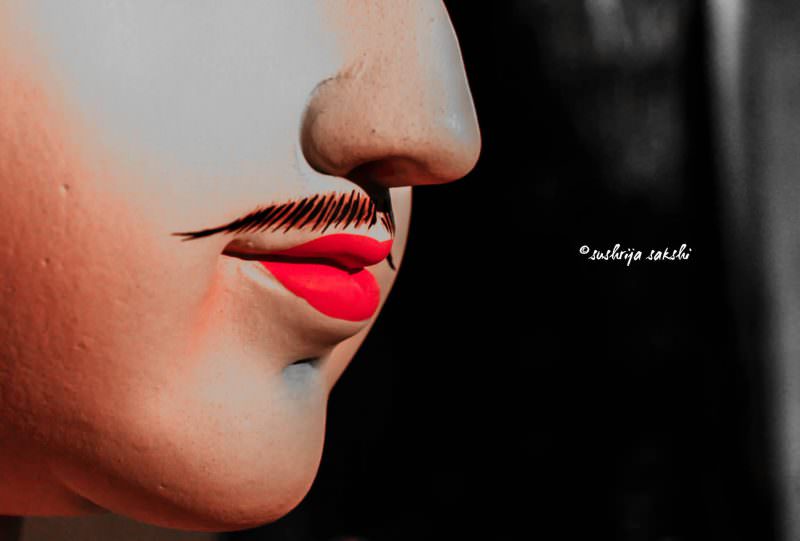
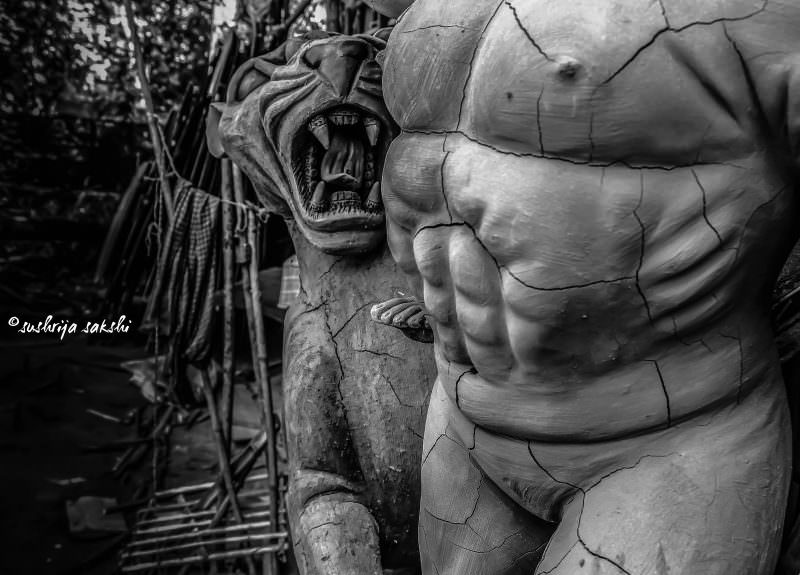
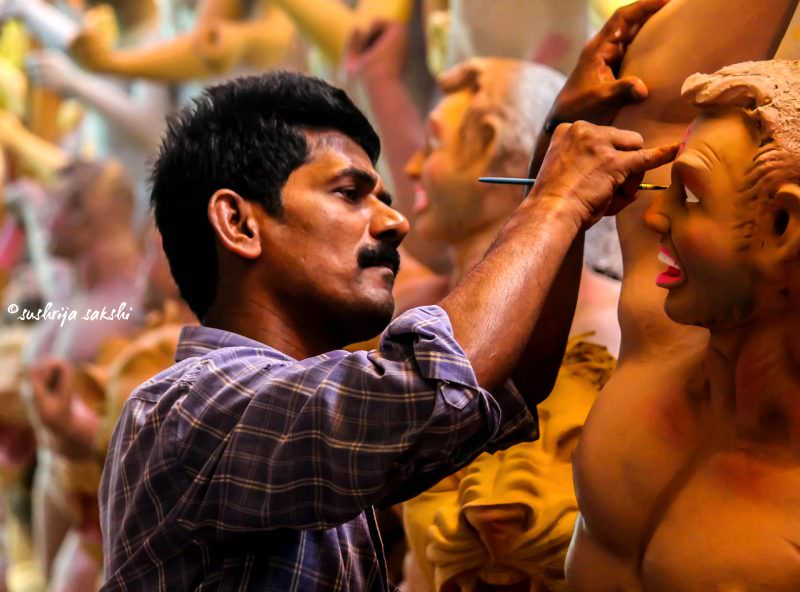
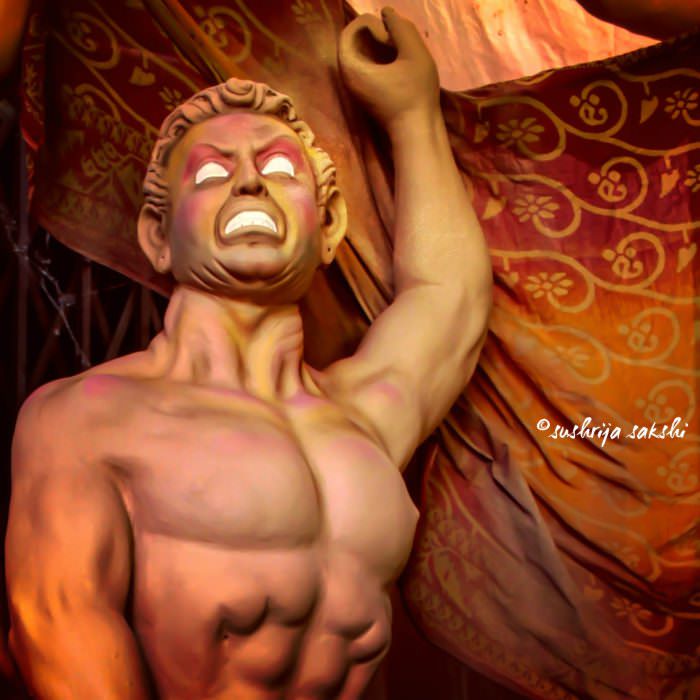
These two images show patriarchy and various forms of male dominance, some of them being the purdah system, sexual assault and rape.
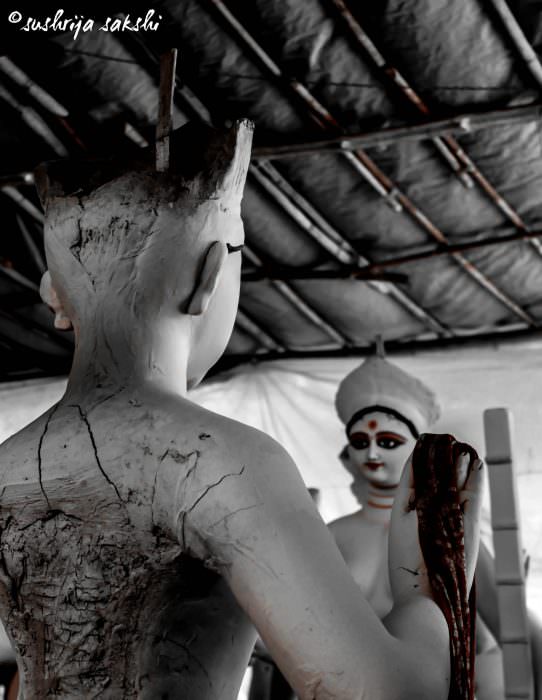
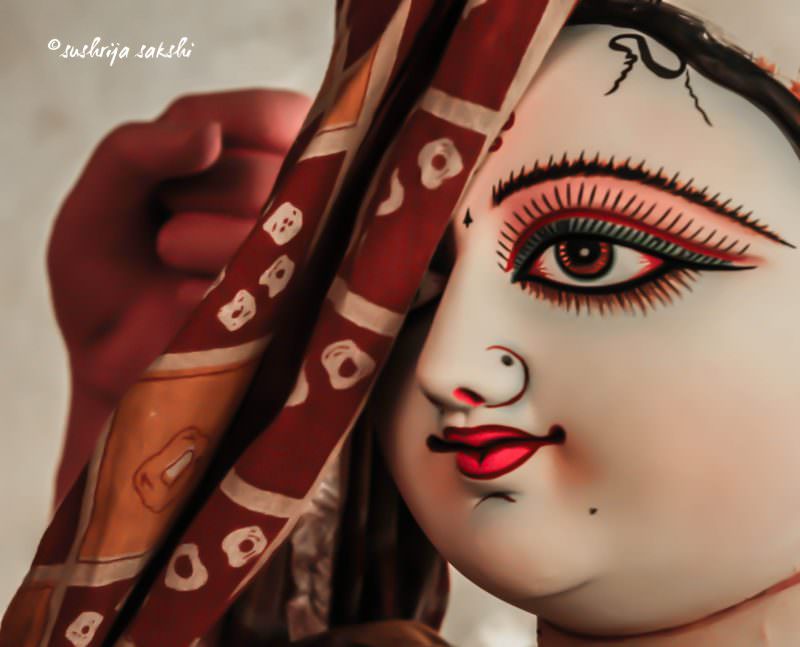
They show how humans with homosexual behaviour (lesbians, here) are socially or legally accepted in the society.
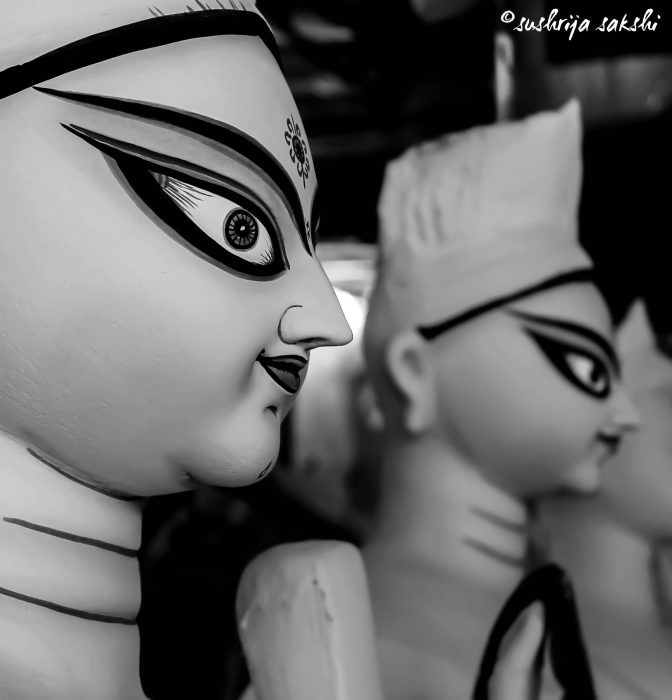
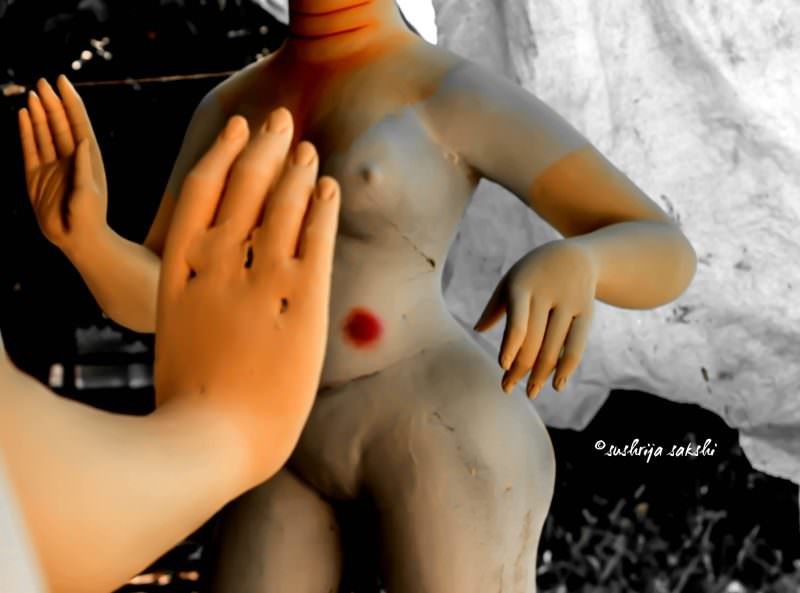
These images showcase the various ways in which women are increasingly becoming self-reliant, translating into greater overall independence as they push back on the sociocultural boundaries ascribed by tradition, and how men who feel threatened by these women are countering the power shift with an aggressive dominance.
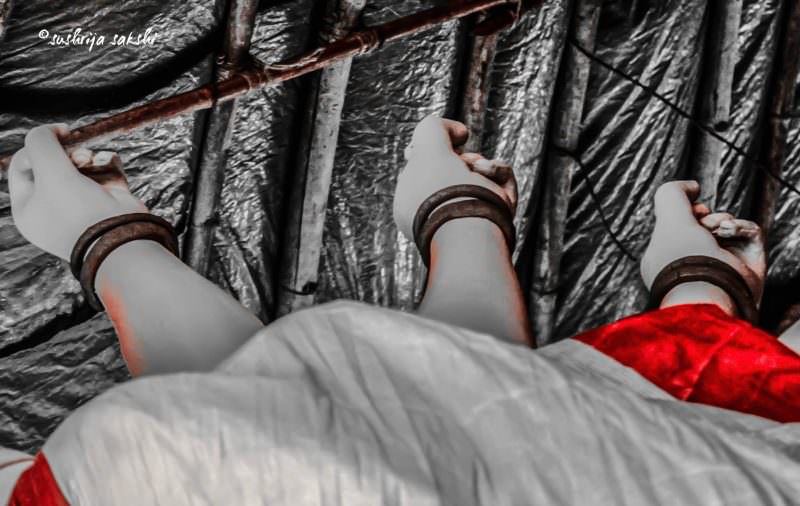
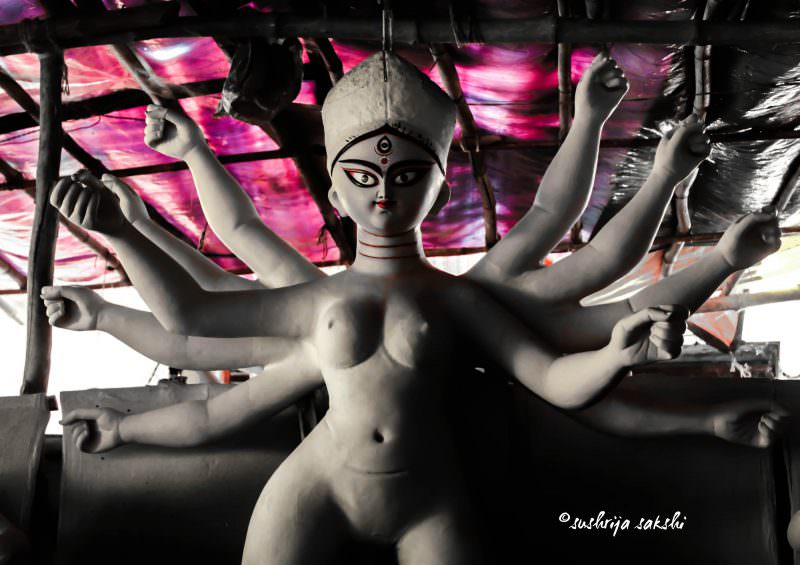
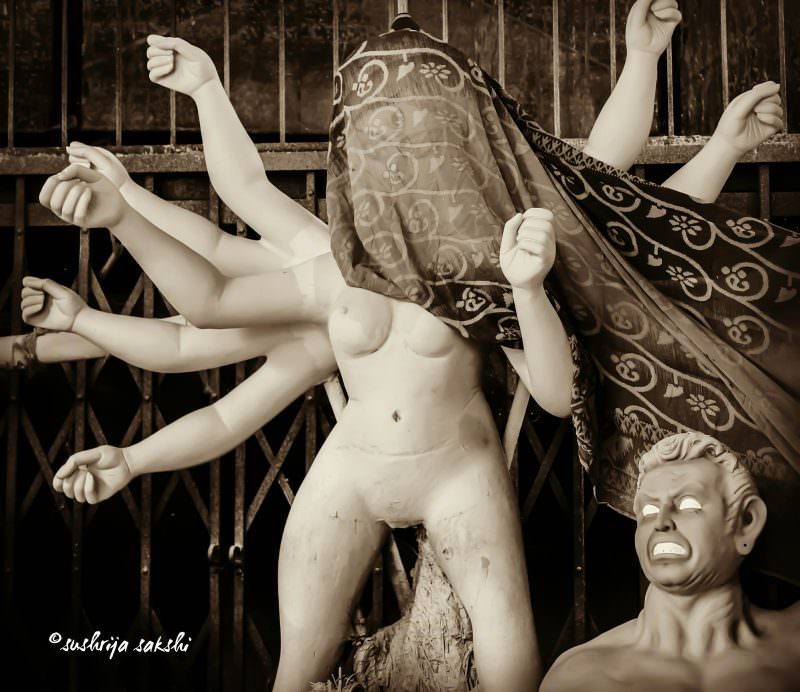
Sushrija Sakshi is a 20 year old political science student at Miranda House, University of Delhi. She closely works with the Women’s Development Cell (Former Creative Head) and is currently serving as the President of SNAPSHOTS, The Photography Society of her college. All images belong to Sushrija.
About the author(s)
Guest Writers are writers who occasionally write on FII.

